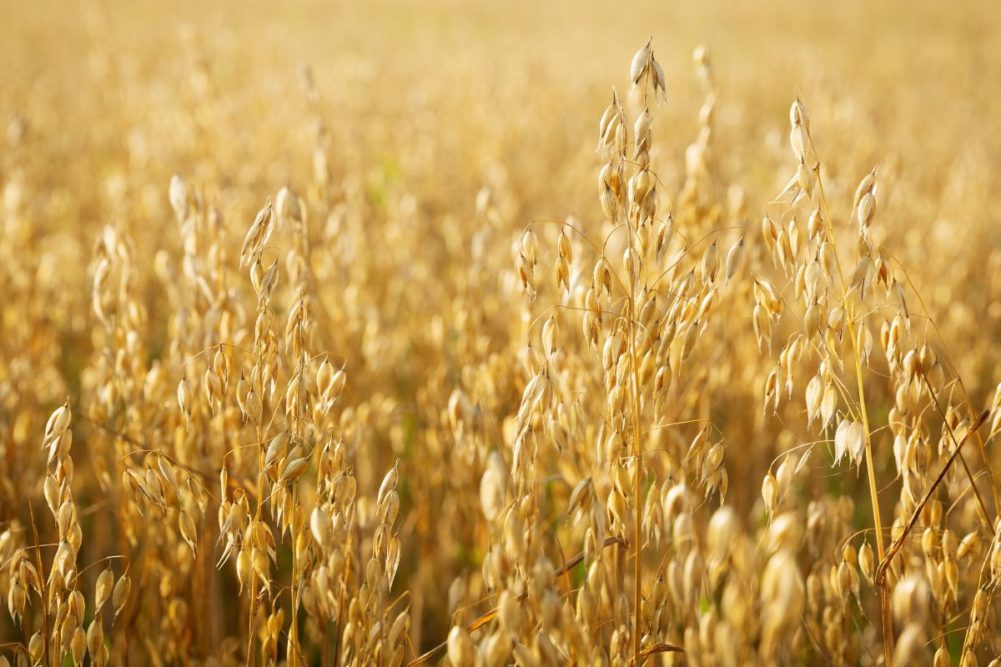KANSAS CITY, MISSOURI, US — It’s no secret that Canada, the world’s top supplier of oats, has experienced back-to-back years of extraordinary volatility in its oat market. From perilously low oat production in 2021 to record high output in 2022, which sent cash oat prices and nearby CME oat futures jackknifing to extreme lows and prompted farmers to drastically reduce the area seeded to oats in 2023.
Will the volatility continue? And what is really driving this dynamic? While weather has been a critical factor, there are other influences that may be more significantly steering the wild vacillations.
Randy Strychar, president of Oatinformation, said the main culprit is the current pricing structure for Canadian oats and the returns growers receive for their crop.
Strychar said industry experts believe the current pricing model was outdated and should be modernized to reflect oats' value as a food grain rather than as a feed grain. In a recent presentation, Strychar showed that commercial food use of oats in 2023-24 rose to 77% while feed use during the same period had dropped to 23%, indicating oats were increasingly being grown and harvested for food rather than feed.
But because oats are treated more like a feed grain, the pricing structure tends to rely more heavily on futures contracts, which is subject to significant volatility. And Strychar said this leads to an imbalance of oat growers not receiving fair compensation while consumers face higher prices for oat-based products that are subject to inflation, supply chain pressures and fluctuating demand.
In an earlier interview conducted in 2022, Strychar explained the current pricing structure is based off an historical model when oats were used essentially as horse feed. When the tractor took over for the horse, oats had to carve a new market niche in the consumer food sector, which in recent years has exploded. But the valuation of oats as feed has yet to evolve and continues to remain subject to wide, reactive swings in acreage at the same time that demand for oat-based food products continues to grow, Strychar reaffirmed in his recent presentation.
The undervaluation of oats as a human-consumption grain is discouraging farmers from consistently growing oats, and oat supplies struggle to keep pace with rising commercial oat demand. Strychar cautioned that the recent year-over-year vacillation of oat production is unsustainable if Canada wants to meet the growing domestic and international demand for oats.
Strychar outlined several possibilities for restructuring oat prices. These include encouraging direct contracting between oat growers and processors to provide growers with more price certainty and stability, which would reduce reliance on volatile futures markets and allow growers to capture a greater share of the value chain. Also, improving price transparency across the oat supply chain by publishing real-time prices and providing growers with access to market information may help ensure growers receive fair compensation for their product.
An increase in 2024 Canadian oat area is expected, largely due to expected tight carry-in stocks and attractive returns compared to other field crops. In its first 2024 outlook for the upcoming planting season, Agriculture and Agri-Food Canada (AAFC) forecast Canadian oat acreage at 1.3 million hectares, a 27% increase from the prior year. But 2024-25 oat production, projected by AAFC at 3.7 million tonnes, was still below the five-year average of 4.1 million tonnes.
Strychar said substantially higher oat plantings are critical to replenishing supplies. But modernizing the pricing structure would be the ultimate tool for incentivizing oat production and bringing some stability to the Canadian oat market.
“This would benefit oat growers, processors, and consumers alike, and help Canada capture a larger share of the growing global oat market,” he said.





